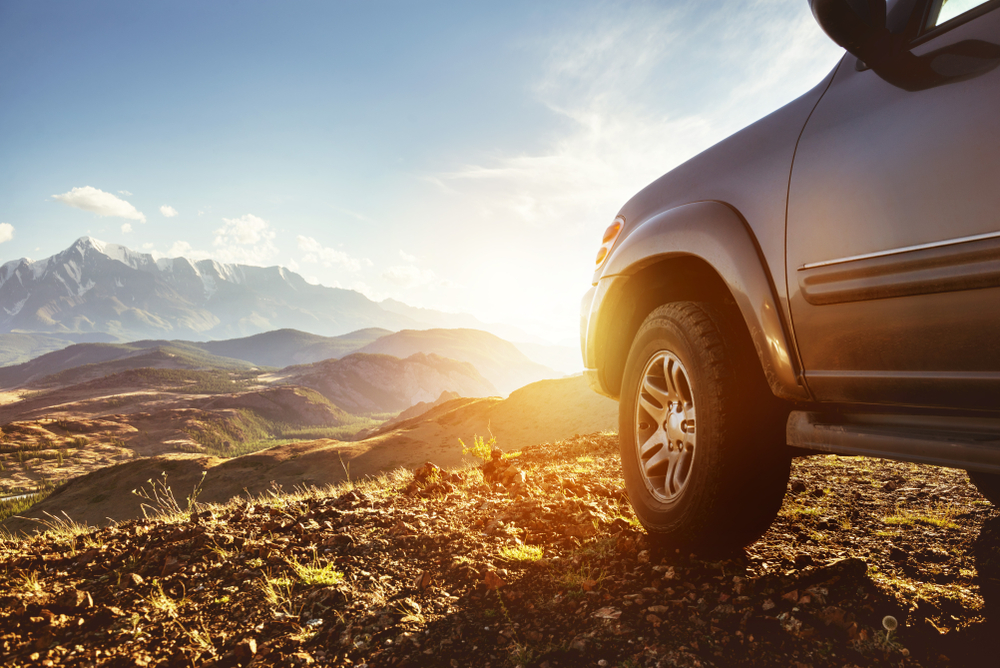If saving money is on your 2023 agenda, you’d better hope you don’t have to buy a new car anytime soon.
That’s because the vehicle industry is still recovering from a worldwide chip and parts shortage brought about by the covid pandemic, which essentially shut down factories and crucial supply chains for months on end and crunched demand.
Pair that with higher interest rates in the U.S., and it makes buying a new car really, really expensive.
Put it this way: If in 2017 you had a budget of $20,000 for a new car, you’d have about 11 models to choose from. As of May 2023, only three models are available in the U.S. market for $20,000 or less.
These days, a new car runs you an average of more than $48,000 — and that’s before all the add-on fees like tags, title, taxes and others.
So it might make sense to hang on to your beater for another few years, or at least until the red-hot market cools off.
One Car Defies All Odds
While the average new car runs about $48,000, Toyota — a brand known for quality and general affordability — has an average transaction price of $42,808. That’s up 8% for the quarter, but it still clocks in 11% below the industry average.
The major exception, however, is Toyota’s blockbuster Sequoia SUV.
The Sequoia, which is available in five configurations, is a massive vehicle. The 2023 model was completely reimagined, featuring a 14-inch touch-screen infotainment center, a third row and 12 cubic feet of cargo space. Also really big: its exterior grill, which has people split about whether it looks cool and mean or just plain ugly.
Right around when it first came out, in 2022, it retailed for $66,894, according to Cox Automotive. But the Sequoia has seen the biggest price hike since then, retailing at $80,128 — a 20% increase in average transaction price.
That’s the largest ATP increase Toyota saw this year, so you’d think consumers would maybe cool it with the spending.
Think again.
“The redesigned Sequoia saw the most growth, with sales up to 5,193 units versus 55 units in the same quarter a year ago as production of the all-new full-size SUV was getting underway,” Cox writes.
The most growth — as in, the expensive, large, and controversial Sequoia saw the biggest popularity increase as people rushed to bring home their own little land yacht.
Americans seem obsessed with SUVs, which are getting larger and proliferating on our highways. Consumers want more headroom, more cargo space, and more hauling capabilities.
Some of the U.S.’s most popular SUVs, the Chevy Tahoe and Suburban, Toyota Highlander, and Ford Expedition, have all increased in size over the past several years.
Industry analysts call it “size creep.” When Americans are asked what they look for in a new car, a majority say “more space.”
Since houses are also getting more expensive, maybe we can all just live in our huge cars until that market cools down, too.






